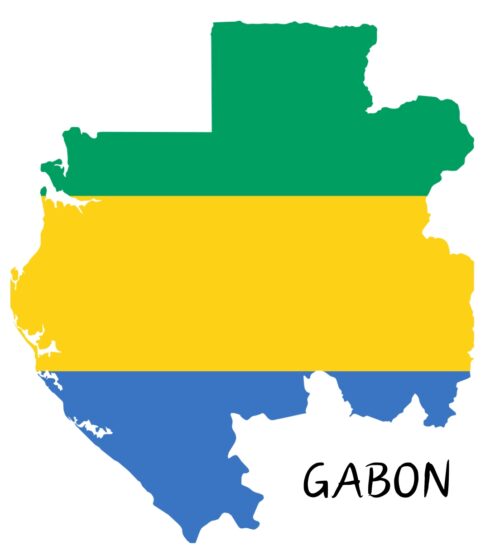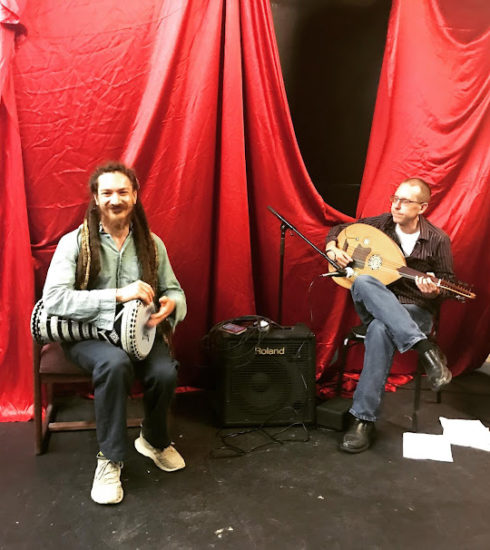During the Igbo Landing of 1803, approximately 75 captives from present-day Nigeria died by mass suicide in Georgia’s Dunbar Creek rather than face a life in chains.
Hundreds of years ago, enslaved people from various parts of Africa were kidnapped, crammed onto slave ships, and whisked to the Americas. But in 1803, 75 Igbo people from modern-day Nigeria fought back in a remarkable event known as the Igbo Landing.
By the time Igbo Landing took place in 1803, the slave trade in the Americas had existed for almost 200 years. Millions of healthy men and women were abducted from Africa and sent to the New World, where they toiled under harsh conditions on plantations along the southern coast.
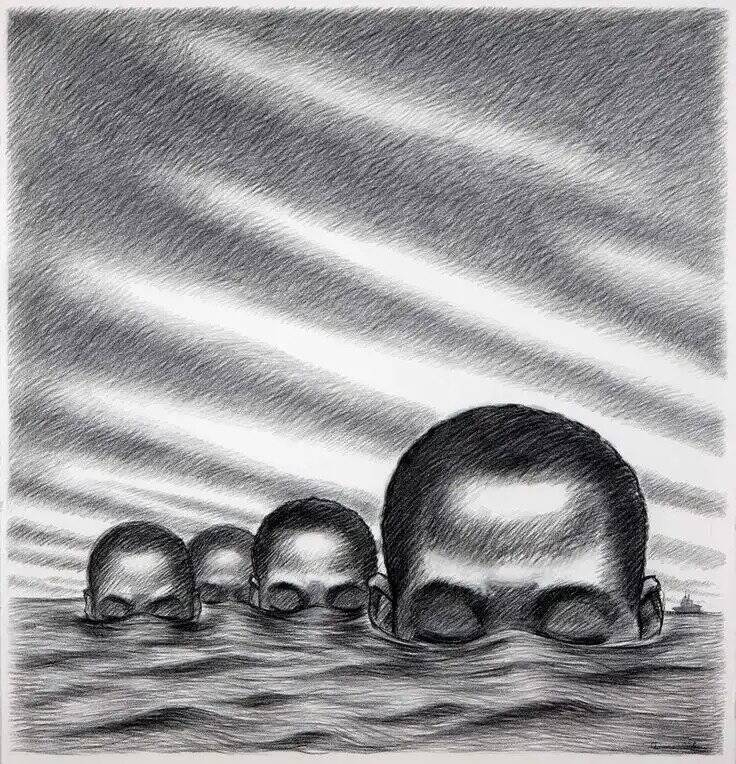
A depiction of the Igbo Landing drownings by Donovan Nelson.
In May 1803, the Igbo and other West African captives arrived in Savannah Georgia, on the slave ship, the Wanderer. They were purchased for an average of $100 each by slave merchants John Couper and Thomas Spalding to be resold to plantations on nearby St. Simons Island. The chained slaves were packed under deck of a coastal vessel, the York, which would take them to St. Simons. During the voyage, approximately 75 Igbo slaves rose in rebellion, took control of the ship, drowned their captors, and in the process caused the grounding of the ship in Dunbar Creek.
Then, the captives made a wrenching choice. Instead of surrendering to the slavers waiting on the shore, they marched into the water and drowned themselves. What happened at Igbo Landing has been called a mass suicide, but many see it differently — as an act of mass resistance.
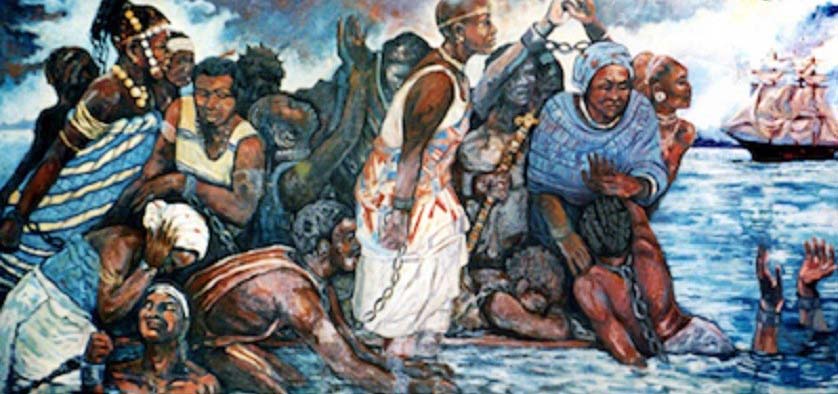
Igbo entering the waters of Dunbar Creek, Igbo Landing painting by LaRue (Dee Williams)
“By the water spirits we came and by the water spirits we will be taken home,” they sang as they walked, still in chains, into the water.
The sequence of events that occurred next remains unclear. It is known only that the Igbo marched ashore, singing, led by their high chief. Then at his direction, they walked into the marshy waters of Dunbar Creek, committing mass suicide. Roswell King, a white overseer on the nearby Pierce Butler plantation, wrote the first account of the incident. He and another man identified only as Captain Patterson recovered many of the drowned bodies. Apparently only a subset of the 75 Igbo rebels drowned. Thirteen bodies were recovered, but others remained missing, and some may have survived the suicide episode, making the actual numbers of deaths uncertain.
Regardless of the numbers, the deaths signaled a powerful story of resistance as these captives overwhelmed their captors in a strange land, and many took their own lives rather than remain enslaved in the New World.
The mutiny and subsequent suicide by the Igbo people was called by many locals the first freedom march in the history of the United States. Local people claimed that the Landing and surrounding marshes in Dunbar Creek where the Igbo people committed suicide in 1803 were haunted by the souls of the dead Igbo slaves. The story of Igbo, who chose death over slavery which had long been part of Gullah folklore, was finally recorded from various oral sources in the 1930s by members of the Federal Writers Project.
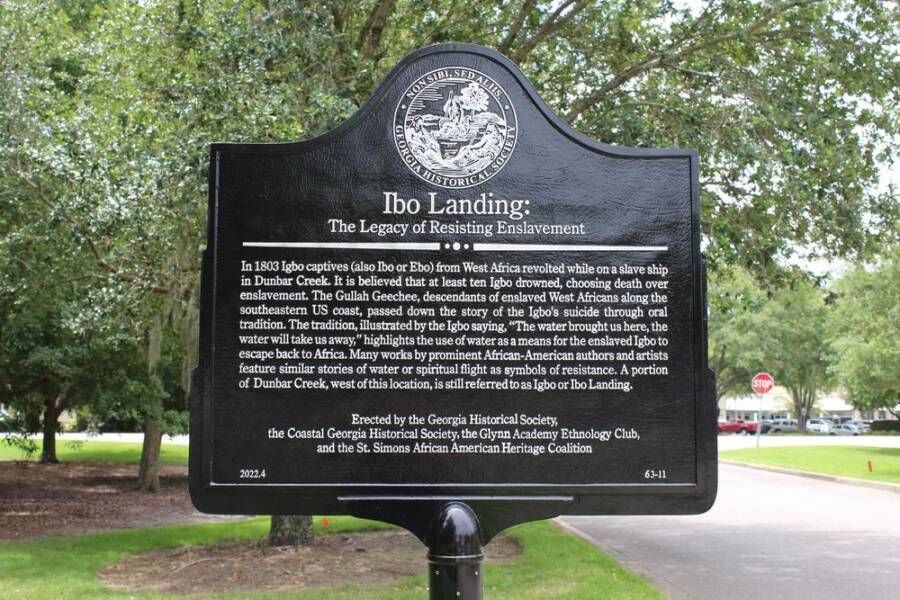
A monument erected at the site of Igbo Landing in May 2022.
Today, the stretch of St. Simons Island is a quiet place. Full of marshlands and beaches, it regularly draws tourists because of its golf courses and rich Southern cuisine. But for those who look closer, it’s also something else — the site of Igbo Landing, the place where dozens of Black captives chose to drown instead of being enslaved.





